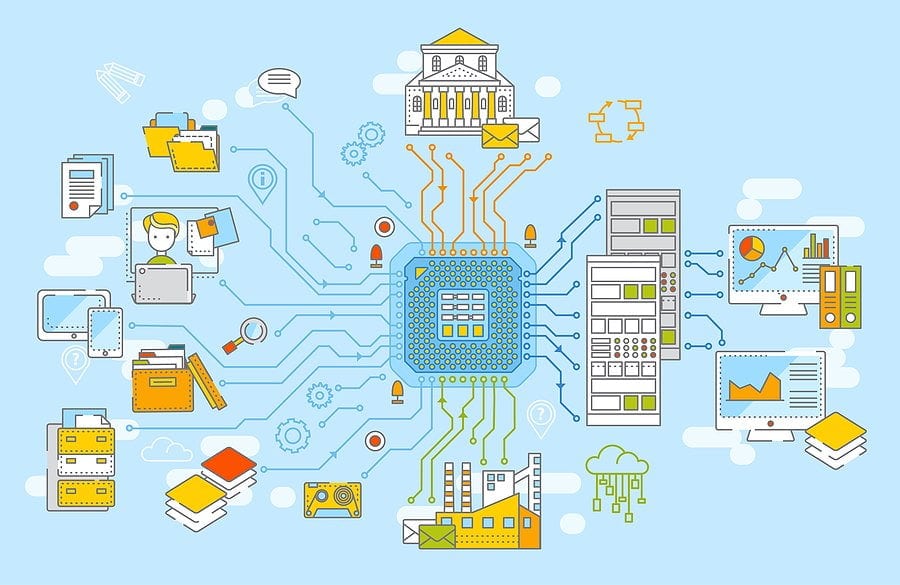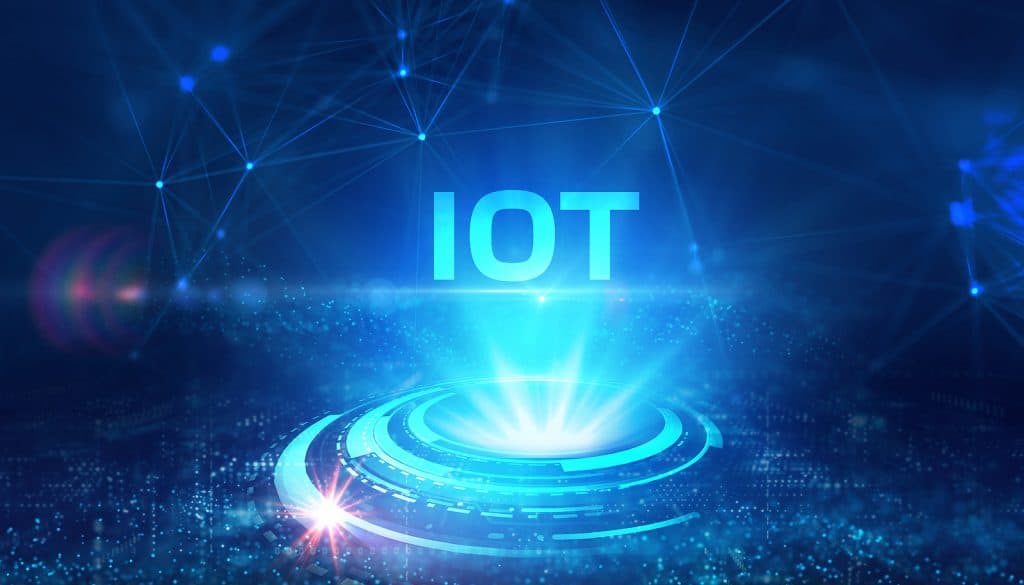It’s worth noting that IoT (Internet of Things) and the web already work in tandem to an extent, but the trend will only grow over time, as we see more and more devices take on internet capabilities. These devices have made web development a vital part of IoT projects as several IoT devices can display web content such as user interfaces on smart apps, laptops, wearables, industrial monitors, etc. With each stage of interconnected advancements, innovative devices and web development methodologies will give rise to disruptive new technologies over time.
Software companies and web developers alike have a lot to look forward to with the continuous rise of IoT devices in the global market.
According to research, the total installed base of IoT connected devices to the web is projected to amount to 75.44 billion worldwide by 2025. Of that, 90% of automobiles will also be connected to the web, allowing for the development of more extensive quality of life features for vehicle passengers.
This showcases a tremendous potential for web developers to implement their expertise and knowledge into IoT devices and their corresponding software packages.
Web Application based IoT Devices
Before we get into the impact of IoT in web applications, let’s take a look at some real-world examples of where it can be found today. It’s worth noting that IoT and the web already work in conjunction to an extent, but the trend will only grow over time, as we see more and more devices take on internet capabilities.
IoT: Smartwatches

Smartwatches are not a brand-new piece of technology on the market. They are, however, connected simultaneously to the user’s iOS or Android device, which serves as an interface for the watch’s functionality.
IoT technologies, coupled with web development, have already found their innovation into this piece of hardware in unique ways. They allow Smartwatch users to browse the web in a native state, which doesn’t interfere with the overall UX and stability of websites.
IoT: Personal Assistants
Software applications such as Siri, Bixby, and Cortana have become the new norm in various examples of hardware development. Companies like Apple and Microsoft put a lot of importance on the efficiency of use and improvements made on the part of discovering how to use each of their devices effectively. Personal assistants operate via an IoT database as they extrapolate users’ requests, notes, and even answer their questions.
Computing devices
Coupled with copywriting and localization platforms such as The Word Point, personal assistants can provide accurate, credible, and useful information to their user’s thanks to IoT implementation. Small portable devices such as Raspberry Pi’s have become very popular due to their accessible price points and versatility.
Impact of IoT on Web Application Development
Now that we have a better idea of where we can typically discover IoT technologies coupled with web application development, let’s take a look at their combined impact.

Web Application Developers Requires More Expertise
IoT devices demand much more extensive knowledge of programming, coding, and database management as opposed to conventional web development. Web designers with knowledge of PHP, Java, C+, and their equivalents will have to determine ways to develop their knowledge further.
This means that they will either have to look for entry-level IoT development positions or use third-party platforms such as Udemy and Skillshare to learn more about IoT development beforehand. While this is no way a disadvantage, it will indicate a turning point in the entry bar for web development as a whole.
The Rise In Overall Complexity
It is known to all that IoT devices function based on interconnected databases. This shift toward complicated development cycles will demand distinctive project manager mindsets to kick in. Duty allocation, milestone definition as well as regular and weekly check-ins will have to serve a distinctive objective in development.
Continuous Data Collection

One of the most influential dilemmas in web development, in general, is the long and precarious process of amassing user feedback in regards to live websites. Cookies and search patterns can only expose so much before you are required to come up with your own answers as to why some features are performing more or less than you had hoped.
Given the centralized, database-reliant nature of IoT devices, it goes without saying that the data stream goes both ways. IoT devices are completely capable of accumulating actionable data (within legal rights and policies) from their users.
This type of constant data collection and device development would not be possible without the heavy use of IoT devices’ that inherently have the capacity to gather knowledge and relay it back to servers. As a result, the web development team will have plenty of work supporting the ongoing development of new functionality, UI overhauls, and bug fixes, long after the device has launched on the market.
Dynamic UI Development

As is the case with every bit of hardware out there, IoT devices demand dynamic UIs to support the needs of various profiles of users. This will require web developers to rethink their approach to UI design from the ground up.
Typically, IoT devices with web capabilities are applied towards research purposes and to represent different kinds of data. Besides the apparent need to control basic appliances such as sensors or security passwords, IoT devices backed by good web programming will allow for much more freedom of choice when it comes to the versatility of their capabilities.
The Internet of Things is already delivering a step-change in productivity and quality of life for individuals and enterprises through a universally distributed, intelligent network of smart devices.
These devices are connected to the web and have the potential to empower enhancements in transport, healthcare, security, telecom, product engineering, maritime, education, and other areas. With every stage of interconnected development, innovative devices and web development methodologies will give rise to disruptive new technologies over time.
Summary:
Application Development Affected By IoT?
It’s worth noting that IoT (Internet of Things) and the web already work in tandem to an extent, but the trend will only grow over time, as we see more and more devices take on internet capabilities. These devices have made web development a vital part of IoT projects as several IoT devices can display web content such as user interfaces on smart apps, laptops, wearables, industrial monitors, etc. With each stage of interconnected advancements, innovative devices and web development methodologies will give rise to disruptive new technologies over time.
